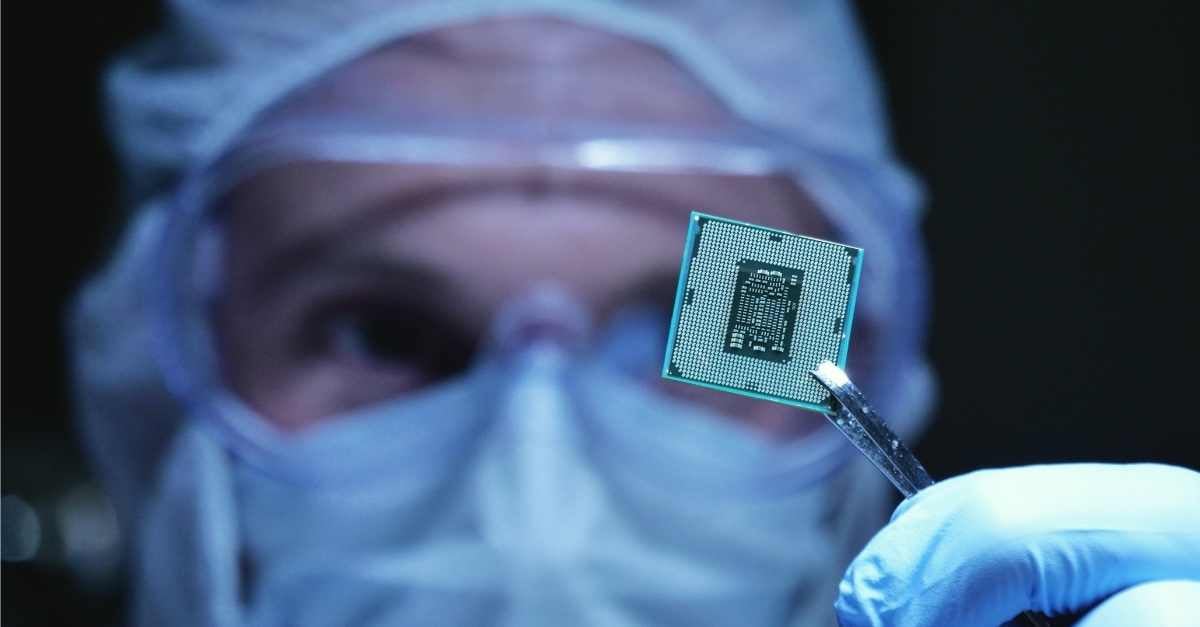Smart devices medical tech
life sciences

life sciences
Smart medical technology is revolutionising healthcare, changing the way medical professionals diagnose, monitor and treat patients. Devices equipped with advanced technology like sensors, connectivity features and data processing capabilities can consistently and remotely monitor, diagnose and manage a patient’s health, which can help alleviate pressure on healthcare systems around the world. So, what exactly are smart medical devices, how do they work and why are they important for the future of the life sciences industry? We break it down below.
Smart medical technology can help healthcare professionals deliver optimal personalised care to patients. Doctors and nurses can use the data gathered by these devices to gain insights into a patient’s health and make more informed decisions about their treatment. This can lead to better outcomes for patients and reduce the cost of healthcare by mitigating the need for unnecessary procedures and hospitalisations.
Smart devices also help patients manage their own health. Patients can use wearable devices to track their fitness, monitor chronic conditions and receive reminders (to take medication for example).
Some common examples of smart medical devices include:
Remote patient monitoring systems for chronic conditions.
Market overview of smart medical devices
Smart medical devices markets are growing around the world, with the Asia-Pacific market the fastest growing because of a large population base, improving healthcare infrastructure and increasing smart technology adoption. The North American smart medical devices market is expected to be the largest, due to the population’s high disposable income, the presence of major players in the industry and advantageous government policies.
The Australian smart medical devices market is part of the Asia-Pacific region and is expected to grow at a rapid pace. The market is driven by growing demand for home-based healthcare, heightened awareness of health and wellness (especially after the pandemic) and increasing reliance on medical technology. The market is also supported by government initiatives aimed at promoting innovation and research in the medical device sector. Some of the leading players in the Australian smart medical devices market include ResMed, Cochlear, Medtronic, Philips, Abbott and Fitbit.

“Connected devices in healthcare—often referred to as the Internet of Medical Things (IoMT)—represent one of the fastest-growing sectors of the IoT market, and is predicted to reach $176 billion by 2026.”
The Internet of Medical Things (IoMT) is the network of healthcare devices that can transmit a patient’s medical information in real-time. This information is collected by these devices to provide enhanced medical care to patients, allowing doctors to monitor and manage them virtually.
IoMT devices use artificial intelligence, automation and advanced sensors to minimise human intervention and provide more accurate patient monitoring.
IoMT adoption
There are a number of factors which are likely to affect the widespread adoption of smart medical devices. To begin with, demand for SMTs will rise in ageing populations as smart medical devices can assist in monitoring elderly people’s health, preventing complications, diagnosing symptoms and helping to manage issues if they occur.
Expensive medical care is another factor, which can drive people to find cheaper alternatives, such as SMTs. And with the rise in health consciousness after the COVID-19 pandemic, people will take a greater interest in monitoring their health, contributing to rising demand for SMTs.

Telehealth is the provision of healthcare to a patient remotely, after a doctor has determined a physical examination isn’t needed, and the patient cannot be seen in person. Telehealth became more popular in Australia during the COVID-19 pandemic, where physical access to doctors was limited, but has continued to be adopted as a viable alternative to in-person consultations. An example of a specific telehealth service that is offered today is teleradiology, which involves remotely transmitting radiographic images of a patient for interpretation and diagnosis by a doctor. Teleradiology is especially useful for treating patients in rural locations, where access to radiologists is limited.
Telepathology is much the same as teleradiology, except the images taken are pathological in nature and taken from a microscope.
“Telehealth has been transformational to Australia’s universal healthcare program, Medicare. It has played a critical role in ensuring the continuity of care for hundreds of thousands of Australian patients. Telehealth allows you to get the health care you need, where and when you need it. Often, Australians living in rural and remote areas need to travel long distances to see their healthcare provider. Telehealth improves their health care by improving access to timely services.”
Below are some of the healthcare providers who can provide telehealth services to patients:

“There are many good uses for AI in the medical device industry, such as data management, remote surgery, diagnostic and procedural assisting, clinical trials, and more. AI can improve medical device manufacturing efficiency and reduce risk through ML (machine learning).”
Artificial Intelligence (AI) is beneficial to both healthcare providers and patients. Doctors and nurses can use AI to streamline their workflows, increase efficiency and reduce errors. AI can help patients by providing more personalised care, help detect health risks early and improve overall health outcomes. For example, wearable devices that use AI can monitor a patient's heart rate, blood pressure, and other vital signs, and notify healthcare providers if any risks are detected.
However, while very useful, AI in medical devices cannot replace healthcare providers, but rather enhance their capabilities and provide better patient care. As AI technology continues to advance, we can expect to see even more innovative uses of AI in the healthcare industry.
Brunel’s entrepreneurial spirit and background as a technical role specialist make it a natural partner for life science ventures. Speak with our experienced team today!